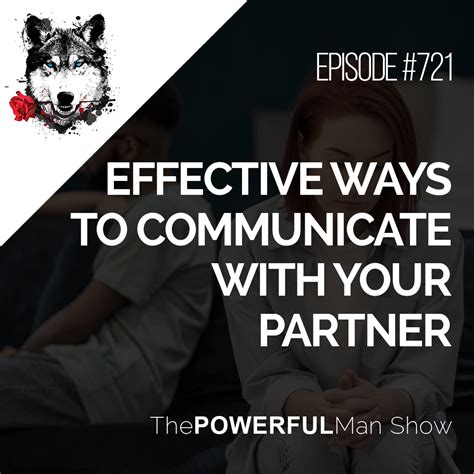Setting the Foundation: The Power of Intentional Connection
Understanding a partner’s emotional needs can often feel like navigating a complex maze. While women are often socialized to be more openly expressive about their feelings, men might find it challenging to decode or even identify these crucial emotional cues. The good news is that bridging this gap doesn’t require a psychology degree; it often boils down to one consistent, practical step: initiating and sustaining dedicated emotional check-ins.
This isn’t just about asking, “How was your day?” It’s about creating a safe, intentional space for vulnerability and genuine listening, a practice that can profoundly deepen connection and understanding.

What Are Dedicated Emotional Check-ins?
A dedicated emotional check-in is a pre-agreed, regular conversation focused solely on exploring each other’s inner worlds. It’s a designated time—perhaps once a week, or even for 15 minutes each evening—when both partners commit to setting aside distractions and truly listening. The goal isn’t to solve problems immediately, but to understand, validate, and connect on an emotional level.
Unlike casual chats or problem-solving discussions, these check-ins prioritize feelings over facts. It’s about creating an atmosphere where your partner feels completely safe to share their joys, frustrations, fears, and hopes without judgment or immediate intervention.
Why This Step Makes a Profound Difference
Implementing regular emotional check-ins offers a multitude of benefits that ripple through the entire relationship:
- Builds Trust: Knowing there’s a reliable space to be heard fosters immense trust and security.
- Prevents Assumptions: Instead of guessing what your partner needs, you learn it directly, reducing misunderstandings.
- Fosters Intimacy: Sharing vulnerabilities creates a deeper, more meaningful emotional bond.
- Enhances Empathy: Consistently hearing about your partner’s experiences helps you develop a greater capacity to understand their perspective.
- Addresses Issues Early: Small concerns can be aired and understood before they escalate into bigger problems.

Your Practical Guide: Implementing the Emotional Check-in
1. Choose the Right Time and Place
Find a consistent time and a quiet environment free from distractions like phones, TV, or children. This might be after dinner, before bed, or a specific slot on the weekend. Consistency signals commitment.
2. Set the Intention: Listen, Don’t Fix
Before starting, remind yourself (and perhaps gently state to your partner) that your role is to listen and understand, not to immediately offer solutions or fix problems. Often, partners simply want to feel heard and validated.
3. Practice Active Listening
This is crucial. Lean in, maintain eye contact, nod, and offer verbal affirmations like “I hear you” or “That makes sense.” Avoid interrupting. When your partner finishes, summarize what you heard in your own words (“So, what I’m hearing is…”) to ensure accuracy and show you were truly engaged.
4. Ask Open-Ended Questions
Instead of yes/no questions, use prompts that encourage deeper sharing: “How did that make you feel?” “What was the hardest part about that?” “Is there anything you need from me right now?”
5. Validate, Don’t Judge
Acknowledge your partner’s feelings without trying to change them. Phrases like “It’s understandable you’d feel that way” or “I can see why that would be upsetting” are powerful. You don’t have to agree with the feeling to validate its existence.

Common Pitfalls to Avoid
Even with good intentions, some common behaviors can derail an emotional check-in:
- Interrupting or Minimizing: Cutting off your partner or saying things like “It’s not that big a deal.”
- Offering Unsolicited Advice: Jumping straight to solutions when your partner just wants to vent.
- Being Distracted: Checking your phone, watching TV, or letting your mind wander.
- Making it About You: Turning the conversation back to your own experiences prematurely.
- Getting Defensive: Reacting negatively if your partner expresses a difficult emotion related to you.

The Long-Term Benefits
While taking this one practical step consistently might seem small, its cumulative effect is profound. Over time, these dedicated emotional check-ins transform the fabric of a relationship. Men who adopt this practice often report feeling more connected, more attuned to their partners’ needs, and more confident in their ability to support them emotionally. Partners, in turn, feel more seen, heard, and loved, fostering a resilient, empathetic, and deeply fulfilling bond.

Understanding your partner’s emotional needs isn’t about mind-reading; it’s about making a consistent effort to open a channel for genuine communication. By dedicating time and intention to emotional check-ins, men can unlock a deeper level of intimacy and build a stronger, more emotionally intelligent relationship.




